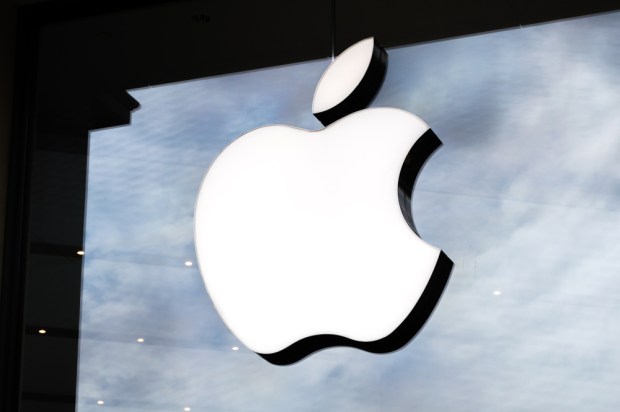Apple Patent Reveals Face, Touch ID On iPhones

An Apple patent shows that the tech giant might release a phone with both Face and Touch ID.
Although the patent, which was found by Patently Apple, starts out describing the problems with 2D face recognition systems, it goes on to mention the possibility of both Face ID and Touch ID being included in the same device. An illustration shows a smartphone trying Face ID first, and then offering Touch ID as a fallback if the first option fails. Passcode fallback is also shown. In addition, the patent mentions how face recognition could be used with smartwatches.
Back in June, the company added new Face ID functionality that potentially allows more than one person to use the feature on a particular iPhone X. According to the feature’s description, “Face ID can recognize an alternative appearance,” and can “continuously lear[n] how you look.”
But the technology isn’t foolproof. Forbes reporter Thomas Brewster just revealed that hackers can potentially use a 3D-print life-sized replica of someone’s head to unlock their cellphone.
To prove his point, Brewster had a 3D print of his own head created at Backface in Birmingham, U.K. He used his real-life head to set up facial recognition on five phones, including the iPhone X and four Android devices: an LG G7 ThinQ, a Samsung S9, a Samsung Note 8 and a OnePlus 6.
“I then held up my fake head to the devices to see if the device would unlock. For all four Android phones, the spoof face was able to open the phone, though with differing degrees of ease. The iPhone X was the only one to never be fooled,” he wrote.
The best way to protect a smartphone, according to Matt Lewis, research director at cybersecurity contractor NCC Group, is using a strong alphanumeric passcode.
“Focus on the secret aspect, which is the PIN and the password,” he said. “The reality with any biometrics is that they can be copied. Anyone with enough time, resources and objective will invest to try and spoof these biometrics.”
